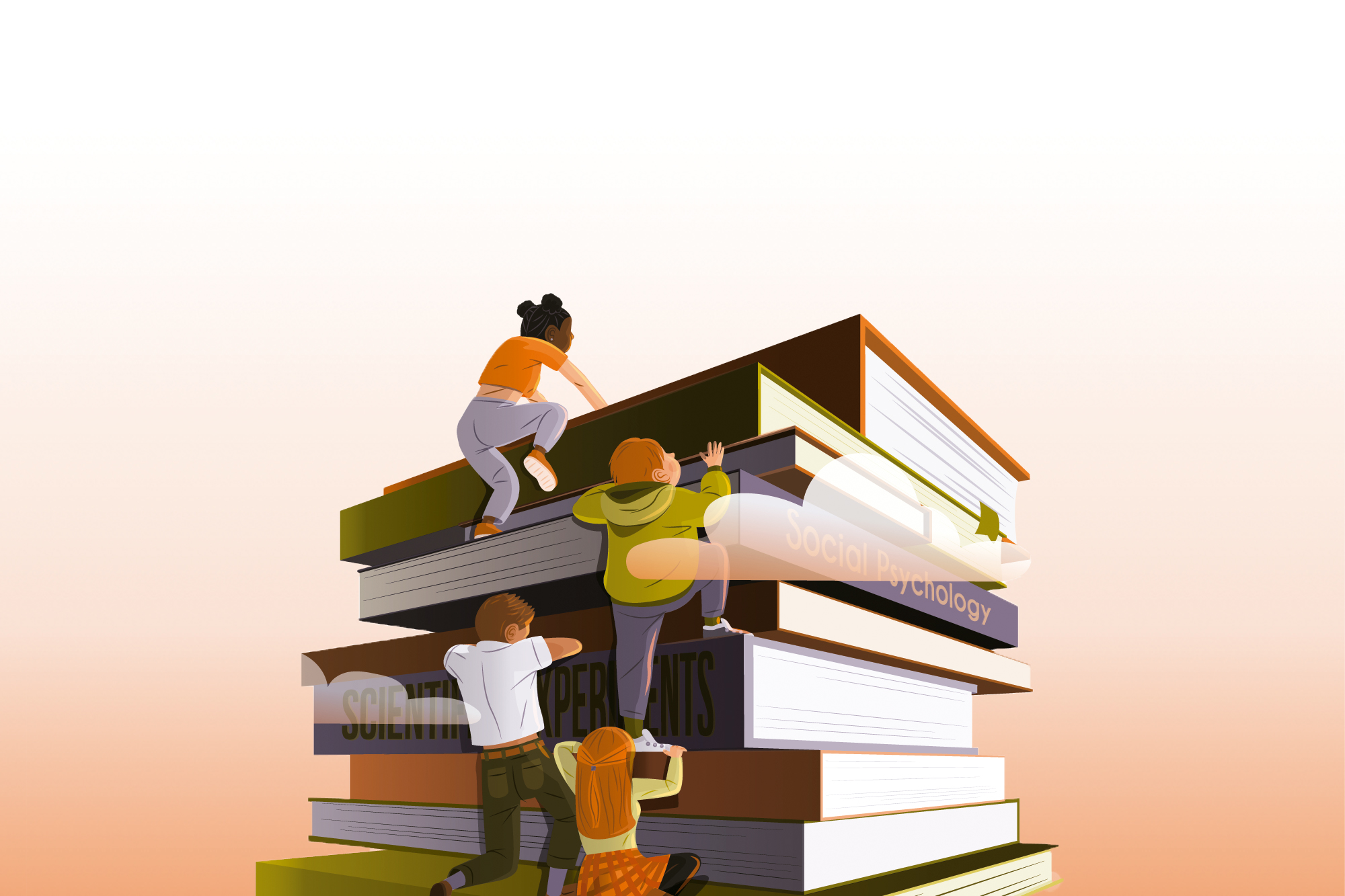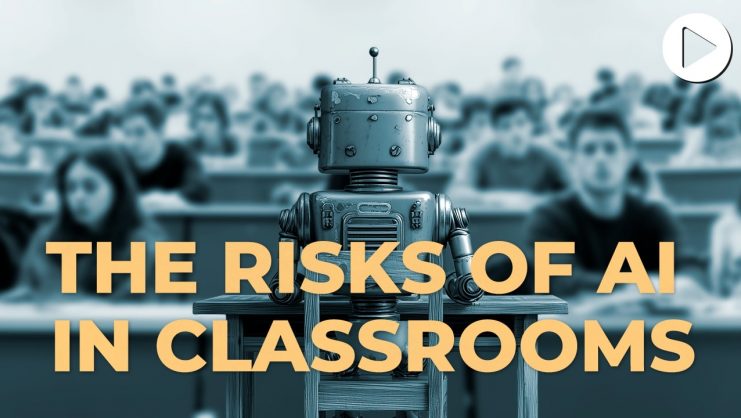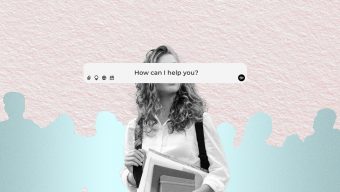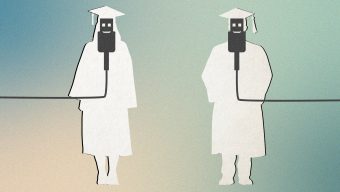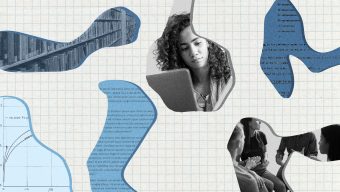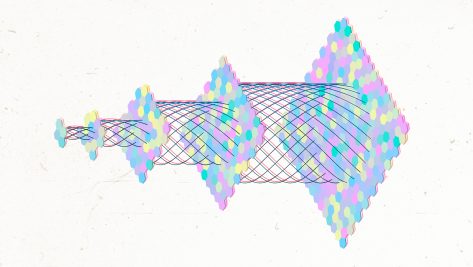Whenever people organize to form a collectively beneficial system, there will be those “free riders” who take advantage of shared goods without incurring costs. We’ve all experienced this behavior, for example when working on a school project, sharing chores with housemates, or when someone takes advantage of public facilities without paying the taxes that support them. And, yes, there have probably been times when we, ourselves, have been the free rider.
Free riding blooms in the workplace – and not just in regards to team projects. When new technologies emerge, for instance, many people wait for others to learn them first and test their usage. This often results in an imbalance in group dynamics, because workers who know how to operate the new software or device are often tasked with more work. Meanwhile, their free-rider colleagues hide behind the guise of a learned helplessness, justifying their limited contribution with an inherent inability that is often accompanied by statements like “I’m just not good at technology.”
Of course, this behavior is not always suboptimal. Let’s consider two examples. A married couple decides that one of them will be in charge of doing the dishes while the other, the more talented chef of the two, will focus on making the dinners. This scenario works out for each of them. On the other hand, a woman recently told me that, when she buys a new smartphone or piece of technology, she asks her son to learn how to use it and then show her how to perform the common functions.
What is the key difference in these situations? At first glance, it does seem fair that a son would use his expertise to help his mother with a novel challenge, in much the same way a married couple takes advantage of each other’s skills. However, the spouses enjoy an equal net gain for mutual contributions, while the son exerts time and effort on teaching something the mother was unwilling to learn on her own.
Free riding is a natural by-product of our social nature, but it must be managed; economists point out that it often leads to market failure. When it comes to education and learning, for example, the “market” of knowledge thrives on collective contribution and when habitual free riding occurs, it diminishes the opportunity for everyone to build on each other’s learning. Some people gain while others do not. What’s worse is that the habitual free rider misses the opportunity to enhance their ability to learn.
When we see ourselves as a work in progress, we focus on growth rather than failure.
Think about it: the process of learning is a skill, and skills improve with practice. When you learn something, like a new technology, your brain forges new neuronal connections and identifies patterns and approaches that grow more advanced with repetition. In essence, when you learn, your brain is learning how to learn, accelerating its pace and expanding its abilities with each new connection. When you evade learning, you miss out on valuable personal development. While the other person, the one from whom you are essentially taking something for nothing, does not actually gain anything, neither do you – and in fact, you actually lose in the process.
Recognizing free-ridership is the first step to overcoming it, and we can do this by re-framing how we see ourselves. When we accept that we are continually growing – perpetually unfinished – we embrace and accept the ongoing work of self-improvement. A friend recently shared with me that her grade-school daughter’s class is being taught to say “I am not good at math (or whatever subject) yet.” By adopting this “not-good-yet” mindset, these children can deliberately travel the curve of adult development to understand more about the world and themselves. It’s something we can all practice, regardless of how adult we are, because when we see ourselves as a work in progress, we focus on growth rather than failure.
Your Learning Practice
The development of any skill requires practice, a concept that I began to more fully understand when I started doing yoga. At first, I didn’t think twice about the word – after all, we “practice” sports and I was primarily taking a yoga class for exercise. But as I continued to attend classes and eventually earned my teaching certificate, the lull of that profound word took root. My personal definition of practice is “the consistent and regular performance of an activity so that you may discover and explore the bounds of your capability.”
When we practice something, there is no endpoint. Instead, our abilities slowly reveal themselves and we uncover new understanding or skill, as if these hidden gems are tucked into the countless folds of our brains.
So, how do you become a learner? You build a practice. Here are three simple steps:
- Set a learning intention
- Systematize your practice
- Cultivate a sense of wonder
1 – Set a Learning Intention
We are most deeply engaged and do our most creative work when we believe we are acting according to our own will and striving towards a meaningful goal. This connection to purpose and personal values enables us to overcome motivational barriers and learning feels rewarding. Furthermore, by going after a broader goal versus a specific task, we are more likely to withstand minor setbacks. Let’s consider, for example, a filmmaker whose ultimate goal is to tell a meaningful story. When she fails to recruit her dream lead actor, this is a minor setback in relation to her film’s greater purpose and the filmmaker is able to stay resilient in the face of this difficulty.
This same concept can be applied to personal growth and learning. As you reflect on your values, passions, interests, and the skills and competencies you’d like to acquire for yourself, you craft a vision of your future self. This broader vision not only sows the seeds of purpose, but also increases resilience and confidence.
2 – Systematize Your Practice
In 2016, I set about training for an Ironman in Arizona. I knew that in order to achieve this goal I had to put in the work and also, importantly, establish an identity that would make it difficult to back out of the competition. So, I paid the (costly) sign-up fee, posted my intention on social media, and shared the news with family, friends, and colleagues. I bought an Ironman Arizona backpack to use at the gym. I established a detailed 24-week training plan and joined social media groups to connect with other would-be Ironmen and women.
This concept of a commitment device was first used by game theory economist and Nobel Laureate Thomas Schelling in 1956, who used the term precommitment device to describe the mechanisms for restraining future choices by making one choice – the choice to follow through on a commitment – the optimal choice. (My many commitment devices worked. After training for a year, I heard Hall-of-Famer Mike Reilly, the official “Voice of Ironman”, say to me, “Teri Hart, you are an Ironman.”)
Once you have set an intention to learn, backing that up with commitment devices can help you kickstart your practice. As you respond to these devices, little by little, you will begin to build a habit. One particularly useful habit is reflection. Intentional reflective thinking is key to “cementing” learning by facilitating what is called patterning in which the brain searches for repetitions and groupings of thought streams and memories. Learning takes place when the brain uses these patterns and attaches meaning to them.
Researchers are discovering that knowledge increases through reflective thinking and pattern recognition and by matching new information to memories. This creates more extensive neural networks. Positron Emission Tomography (PET) scans show that when connections are made through reflective thinking, neural pathways are formed and thickened, and long-term memory is enhanced.
3 – Cultivate a Sense of Wonder
When was the last time you felt a deep sense of wonder, when you looked at the world through fresh eyes. Walt Whitman’s “Leaves of Grass” is a great example of this:
A child said What is the grass? fetching it to me with full hands;
How could I answer the child? I do not know what it is any more than he.
Whitman then goes on to postulate all the things grass could be from “a child itself” to a “scented gift and remembrancer” to a “beautiful uncut hair of graves.” How do you bring this sense of wonder and child’s mindset to your daily life? It’s hardly an exact science, but here are three ideas:
– Slow down: pause and take time to observe and listen to what is around you.
– Be curious and ask questions: seek to understand more than what is on the surface.
– Consciously look for new information: consider what you don’t know about what’s going on around you.
Cultivating a sense of curiosity and wonder can be a catalyst for many things: it generates positive motivations, accelerates learning, uncovers multiple possibilities when solving problems, generates new brain cells, and it has the potential to increase happiness. Building habits around learning is not always easy, though. In fact, one unfortunate aspect of learning is that if it’s not painful, it’s probably not as effective as it could be. Thus, the best leaders I know are willing to spend a lot of time being uncomfortable and exploring how to be better. With time, we often look back at those uncomfortable experiences and see the value in them.
It is possible to create space for discomfort and accept it with grace and equanimity, knowing that it will push us to a new level of understanding. It is a part of the process of growing and learning, and it deserves to be welcomed at such. Learning is, after all, an important part of life and not one that you can ask someone else to do for you.
© IE Insights.



